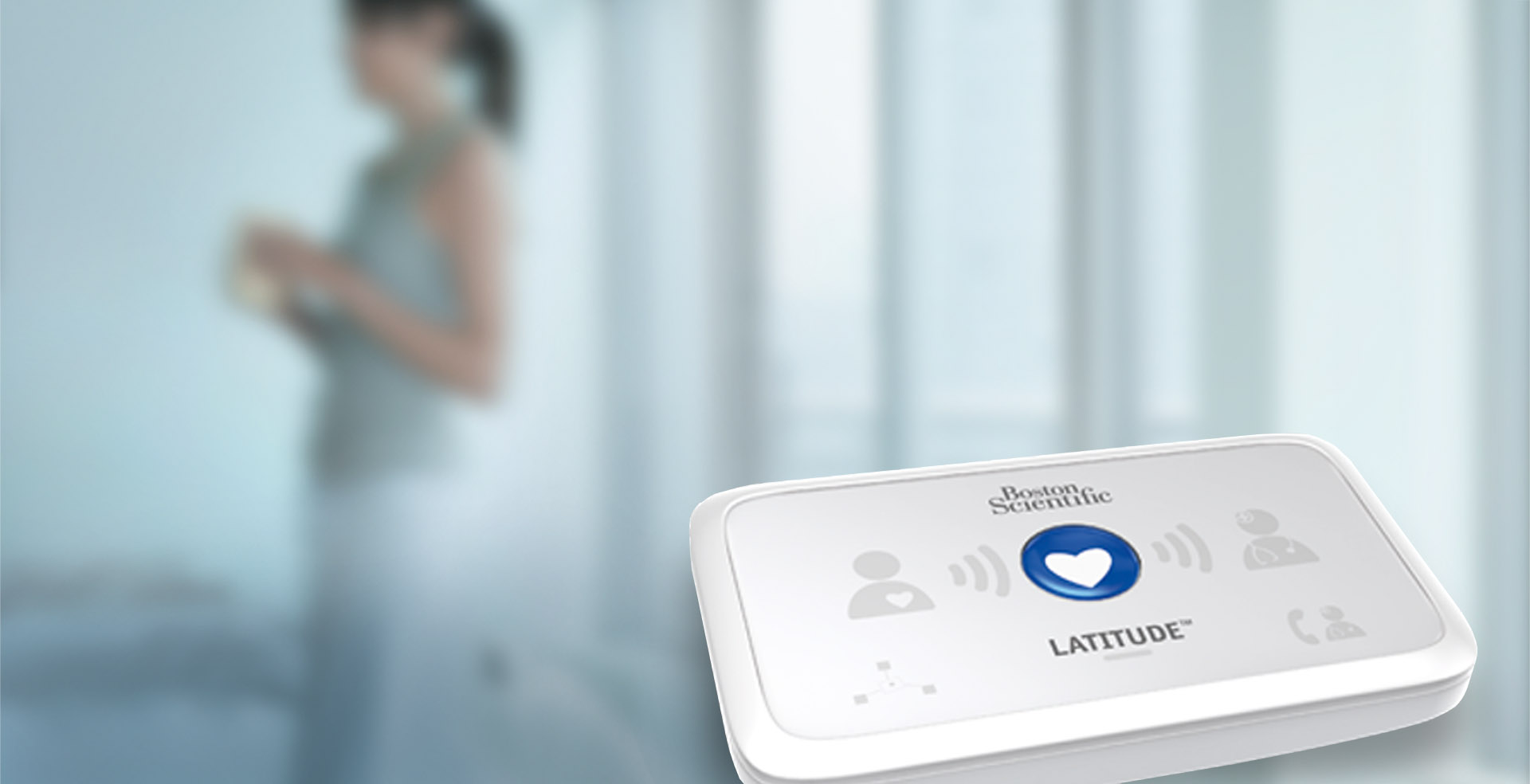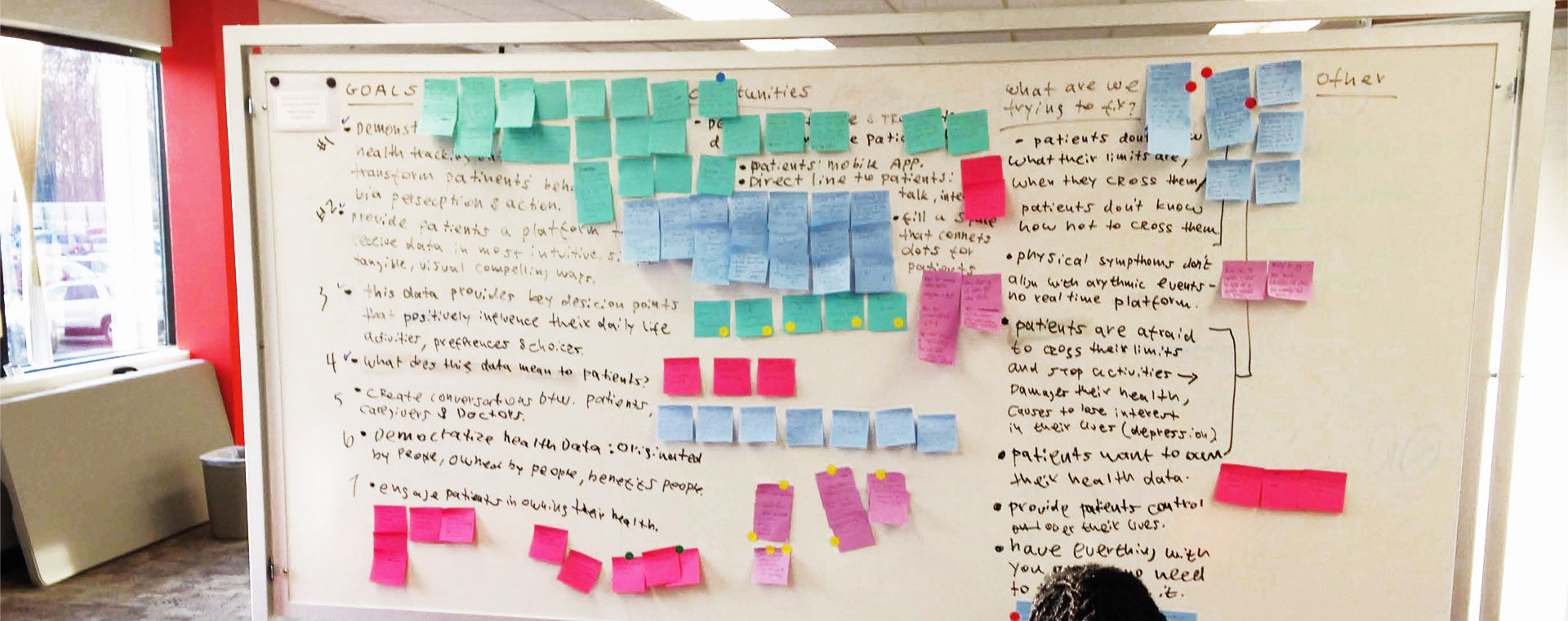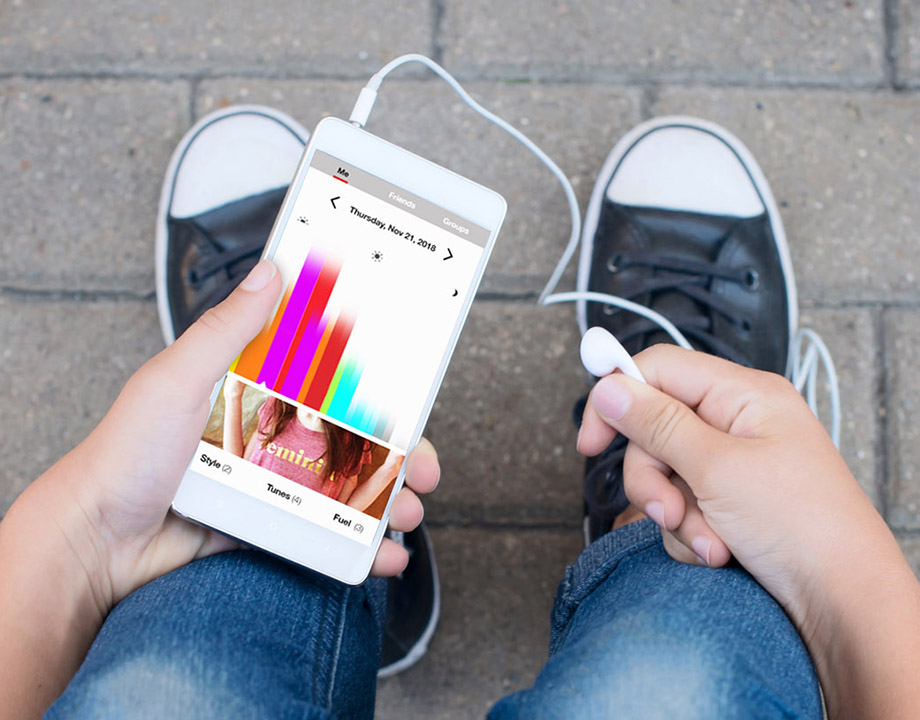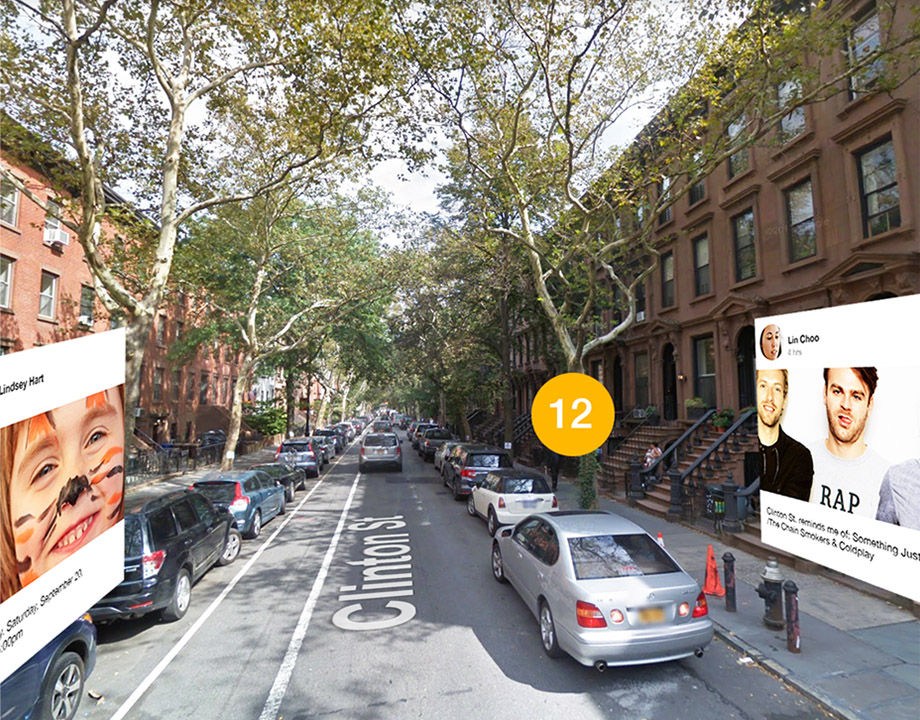
Saving lives with data.
BOSTON SCIENTIFIC
Problems
- Data captured by implanted medical devices wasn’t fully leveraged.
- Patients didn’t have visibility to data captured by their implanted medical devices.
- Connected data points affecting patients‘ lives were silos.
Challenges
- For patients: How might we increase involvement in their own health?
- For doctors: How might we improve in providing remote care + decrease unnecessary doctors’ visits?
Solutions
- Create an ecosystem connecting patients + doctors through data captured by an implanted medical device.
- For patients: Human-AI app that communicates with patients in real-time to prevent + predict heart events.
- For doctors: More accurate data in real time.
Results
- Empowering patients by providing ownable data that helps them make daily life-changing + saving decisions.
- Expanding business model beyond devices.

Owning our health data.
Patients are vocal about their rights to own their health data. Latitude monitors and collects data from patients who are at risk of sudden cardiac arrest and implanted with a device. This data lived on servers and is viewed by doctors, though not available to patients.

Living data.
Data recorded includes heart rate, blood pressure and when the implant sends an electric signal to the heart. This information is matched with patients’ activity and sleep quality. Next time, the app will suggest similar activities based on the data. Data becomes ‘alive’ by interacting with it in a natural way.

Connected devices.
During the patient’s first visit, the doctor sets the parameters in the app, enabling the patient to know their latitude. The app helps patients make daily life-changing—and potentially life-saving—decisions based on data received through their implant. For doctors and hospitals, it increases remote doctor assessment and monitoring, while decreasing doctor visits and cuts costs.
Getting patients active.
Get patients out of the bedroom and into the outdoors: Latitude monitor is placed in the bedroom to collect data. The app encourages patients to be active, while being connected to the data at place and any time.

Lean + agile.
Team: 4
Time: 2 months.
Pulsing data.
Heart activity is mostly visualized by waves and intervals based on electrocardiography. Visual pulses and sounds connect data and emotions. The patient can upload their favorite music, elevating the app instantly to a mood changer and motivator.





